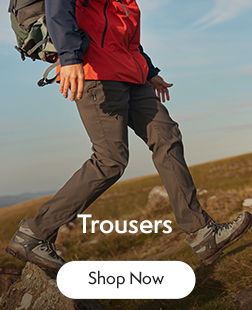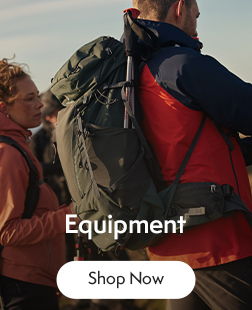So why are walking poles useful for outdoor enthusiasts? Whether you’re hiking across the country or heading on a weekend trip up the fells, using walking poles can add extra stability and comfort to your trip. If you’re unsteady on your feet, there are many benefits of using walking poles that will come in handy.
The Benefits of Walking Poles
So, why use walking poles on your next hike? Here are just a few of the benefits of using walking poles when you’re out and about:
They take stress off your legs, feet, back and joints. When you walk, the pole will absorb some of the shock and take the pressure off your body. They are particularly beneficial when walking up or downhill and will help to relieve pain in the knees. In turn, your levels of fatigue will benefit and your endurance will improve.
They help to maintain balance. Unsteady on your feet? Four legs are better than two – and your walking poles can act as extra support as you tackle the trail. Whether you’re walking on rocky ground, snowy terrains or through streams, trekking poles can keep you upright.
They can be used to test the ground. Worried about muddy terrain? Need to test the depth of a water crossing? Using walking poles is an easy, and safe, way to test the ground to ensure it’s okay to cross. You can also use your poles to test the strength of an icy puddle to avoid unnecessary hazards.
They keep your arms moving. Hiking involves much more movement in the legs than in your arms, but using walking poles can help to keep your arms moving. One of the unknown benefits of using walking poles is that they can also help to prevent swelling as you climb up hills and mountains – letting your hands hang down your sides can lead to poor circulation while trekking poles help to keep your arms up and moving.
They can improve your walking speed. Using walking poles downhill to keep you steady can help to improve your walking speed, rather than spending time trying to keep your balance and protect you from falling.
They can improve your posture. Trekking poles will help you walk in a more upright position which, in turn, will improve your posture, prevent back pain and help with your breathing.
They can help clear the way. Is your path blocked by overgrown grass? Are there a few bramble branches in your way? Using walking poles to clear your route is much safer than using your hands.

















